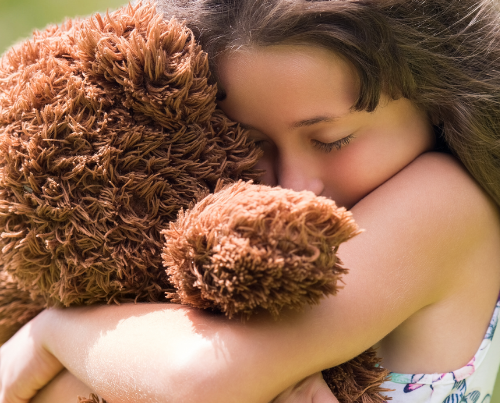It is understood that domestic violence is pertinent in our society, with dedicated organizations tallying 22,000 cases of domestic violence and domestic battery arrests across Indiana between 2018 and 2019. However, it can be difficult to understand how violence occurs in relationships to begin with. One way we can examine this is through the social sciences.
Under the social sciences, the focus is shifted from the individual towards the broader dialectical relationship with society. Social learning theory tells us that violence is a learned behavior. We weren’t created with violence inherent in our nature, and an environment filled with violence is neither right nor just:
“Now the earth was corrupt in God’s sight, and the earth was filled with violence” (Genesis 6:11).
Has domestic violence always been there?
Violence has been cultivated in our society throughout history. We see it in our history textbooks, we see it in the media, and we hear about it on the news.
Historical research shows how marital abuse was legalized as “private matters” in the ancient Roman society. Unfortunately, outdated laws twisted Holy Scripture to justify these acts — such as when the Catholic Church endorsed “The Rules of Marriage” in the 15th century that framed a man abusing his wife as his own private concern.
Many theories would then point out varying factors that could trigger violence, such as family dysfunction, provocation, economic status, chemical dependency, or lack of spirituality. However, none of these are the actual cause, but only related issues that trigger this behavior.
The culture of violence is systemic, and that’s why domestic abuse can happen to anyone regardless of gender or class.
Why can’t the victims just leave?
Criticizing the victims fails to understand how deeply domestic violence affects the victim’s mindset. One of our previous blog post explains how psychologists found one in every five survivors of abuse experienced a mental health disorder. Not only that, some survivors try to internalize their abuse, which inhibits true healing.
That is why the social sciences stress the connection of the individual to society: the weakness of financial instability, the cultural pressure of maintaining relationships, the religious guilt of breaking marriage vows, and above all, the fear that they will be more harmed by leaving than if they choose to stay.
What is there to do?
It is important to address domestic violence on all levels, including the systemic level. It is clear that social change is the key to eliminating the culture of violence over time. There needs to be a collective effort among community members, and we should be maximizing 21st century tools like research and technology.
Cornell Tech has already started on this with their recent continuity of care programs that prevent survivors from being harassed through hacking and tech abuse. This marks a shift in social priorities that is starting at higher educational institutions, and is demonstrated in how universities are opening up programs related to criminal and social justice. There are now online programs in criminal justice that help remote students from across the country start careers that tackle issues like family violence and cybercrime. All of these issues have become even more crucial as we learn more about domestic violence under the lens of the social sciences. By widening the pool through remote learning, universities are increasing the number of advocates fighting issues like domestic violence. Graduates of these degrees are better equipped to handle domestic violence cases in a changing world, and play a crucial role in structural change.
Programs that are based on evidence and research like shelters, employment programs, education options, or subsidies have been proven to be effective. We saw this in 1993 when Dallas was able to lower their domestic violence murder rate after their district attorney office held interventions that included their entire community — from the social workers that were hired as advocates, the churches that enlisted as partners, and the local newspaper keeping tabs on every issue.
So don’t lose hope. Take an active stand and raise awareness. Join in the community efforts to support victims and prevent abuse before it even happens. It won’t be easy to end a centuries-long culture of violence, but undoubtedly, we will get there together.
To get involved in our community efforts, click on the “Get Involved” tab on our website! We’d love to partner with you to end domestic violence.
Writer: Carmee Chase




